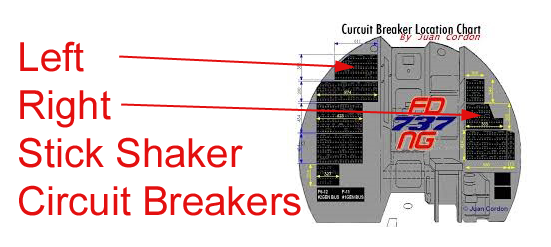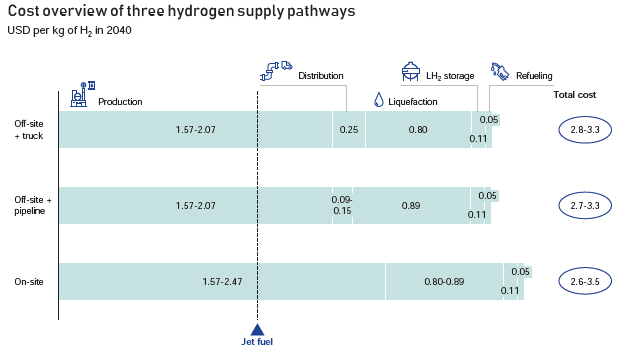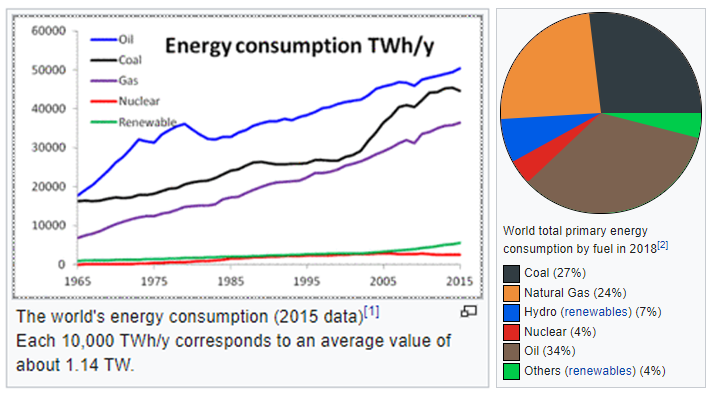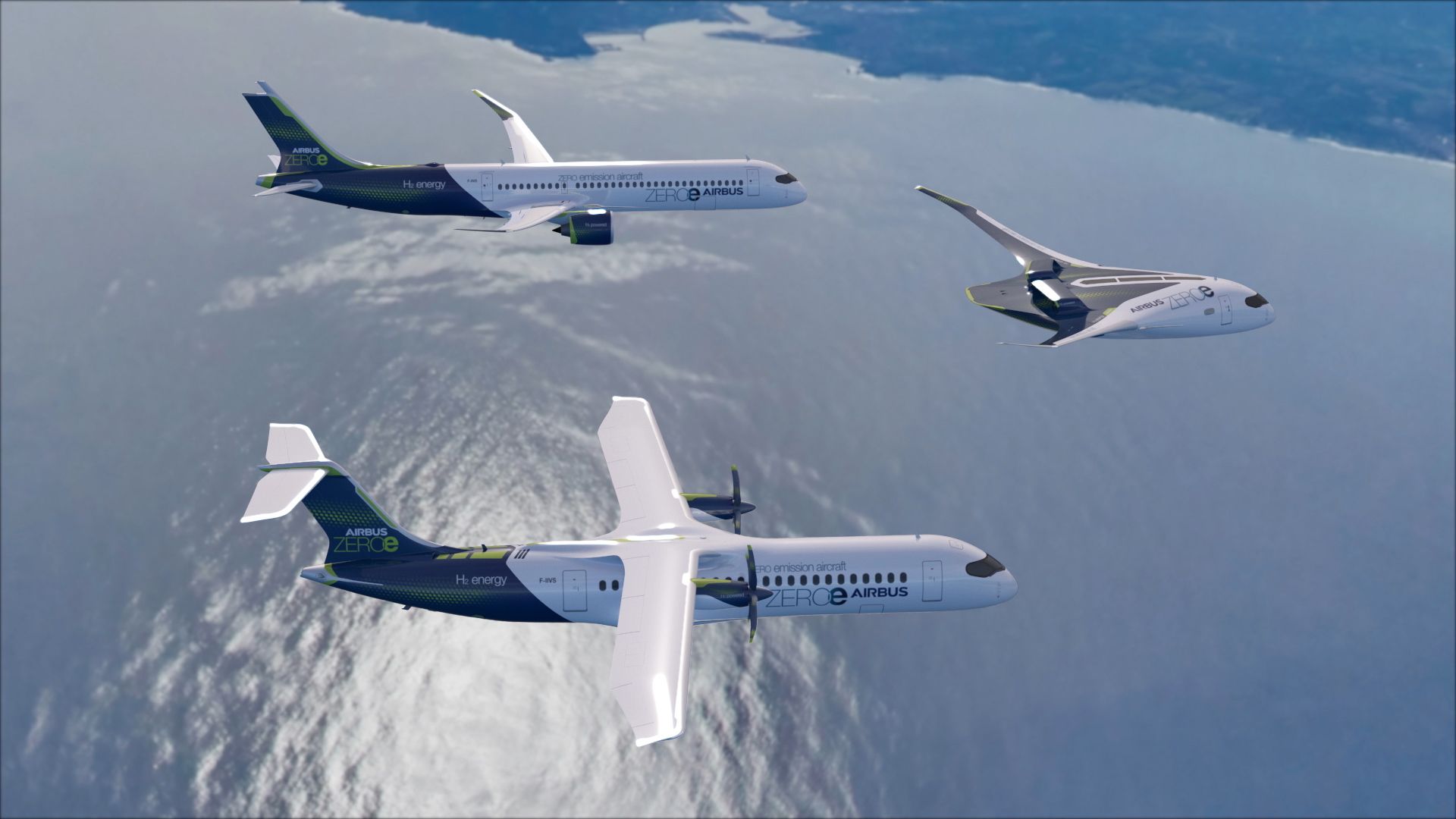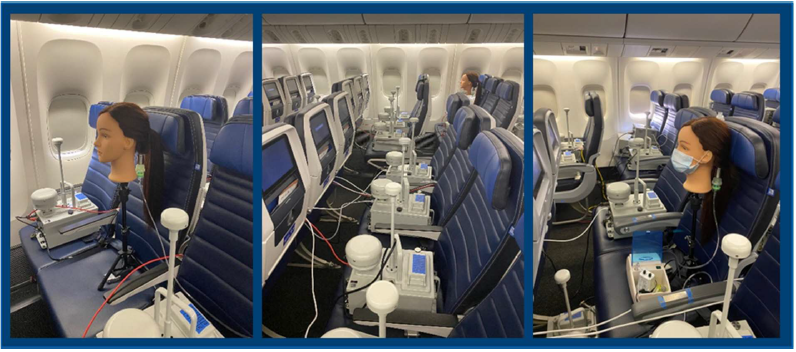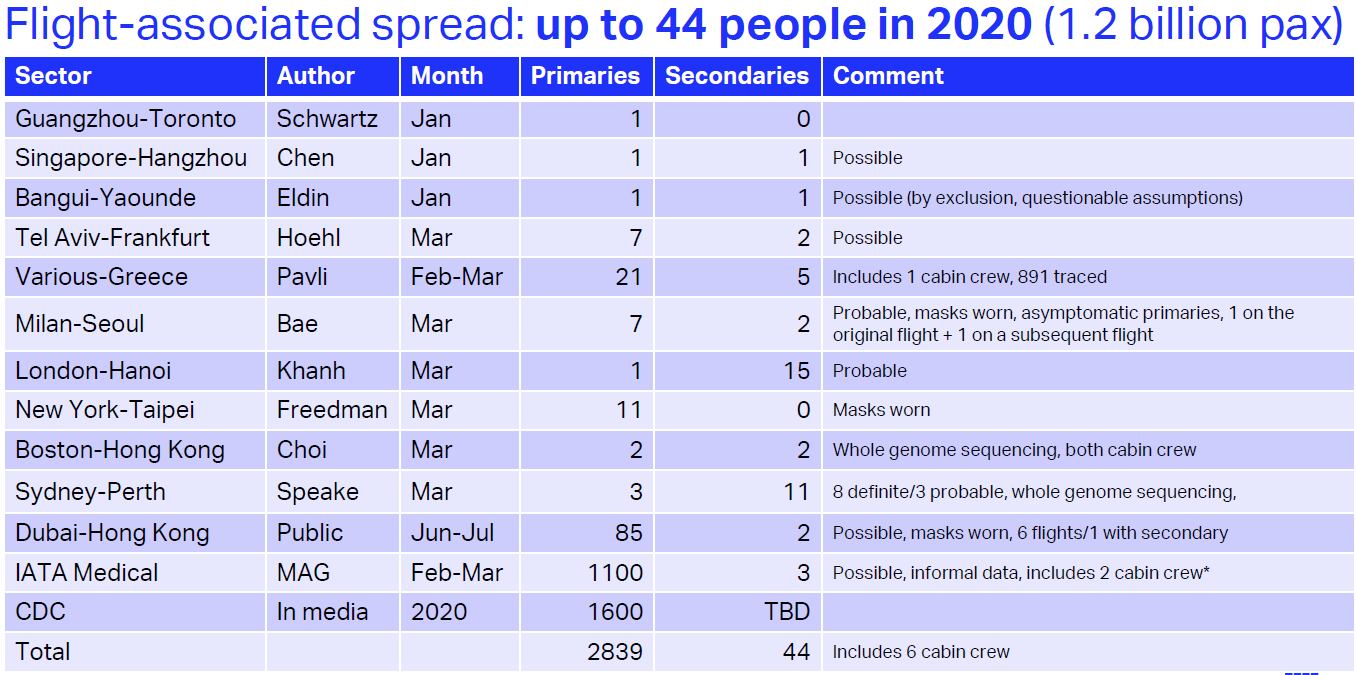Leeham News and Analysis
There's more to real news than a news release.
Bjorn’s Corner: The challenges of Hydrogen. Part 16. A Hydrogen airliner
December 4, 2020, ©. Leeham News: To dig a level deeper into the challenges of hydrogen airliners, as a next step we design such a plane (on a high level), now that we have covered the basics.
It will make us traverse the fundamental design tradeoffs of such a design. Reflecting on what we discussed in Part 3, “The Application Space for a Hydrogen Airliner,” we focus on the single-aisle short-haul domestic market, Figure 1.
Bjorn’s Corner: 737 MAX ungrounding, ANAC’s and EASA’s decisions
November 27, 2020, ©. Leeham News: After the lifting on the grounding order by the FAA, ANAC (Brazils regulator) followed in the week, and EASA issued its plans for public comment.
What are the differences in the ungrounding conditions, and what are the reasons for any differences?
Bjorn’s Corner: 737 MAX ungrounding, the technical background
November 20, 2020, ©. Leeham News: This week’s big news is the lifting of the grounding of Boeing’s 737 MAX.
I wrote about the changes made to the MAX Wednesday and why I believe it’s safe. Let’s use our Corner space to walk through what I wrote about, but with a more technical angle.
Bjorn’s Corner: The challenges of Hydrogen. Part 15. Hydrogen cost
November 13, 2020, ©. Leeham News: In our series on hydrogen as an energy store for airliners, we now look at the cost of hydrogen.
The current cost-efficient production is predominantly by reforming natural gas, meaning it’s a process that involves carbons. Hydrogen as an energy transporter then makes no sense as the point is to de-carbonize our energy supply.
Bjorn’s Corner: The challenges of Hydrogen. Part 14. Supply of Hydrogen
November 6, 2020, ©. Leeham News: In our series on Hydrogen as an energy store for airliners we now look at how to create a supply industry for hydrogen.
The problem of a sizable and competitive hydrogen supply industry is a chicken or egg problem. To achieve a competitive and functioning hydrogen transport system we need an adequate hydrogen infrastructure and to get an adequate hydrogen industry we need large-scale consumers.
Bjorn’s Corner: The challenges of Hydrogen. Part 13. The supply of Hydrogen
October 30, 2020, ©. Leeham News: In our series on Hydrogen as an energy store for airliners we now address the problem of liquid hydrogen supply for air transport.
Before we go into the ecosystem and its costs, let’s start with a more principle discussion. Is continuing today’s consumption pattern a valid alternative?
Bjorn’s Corner: The challenges of Hydrogen. Part 12. Safety
October 23, 2020, ©. Leeham News: In our series on Hydrogen as an energy store for airliners we look deeper at the safety of a hydrogen airliner.
Do the safety rules for the aircraft or the airport need to be written new or can the existing ones be used with changes?
Bjorn’s Corner: Do I get COVID in airline cabins? Part 13. DOD tests confirm OEM results.
October 15, 2020, ©. Leeham News: Yesterday the USTRANSCOM and its US Air Force Air Mobility Command (AMC) published the results of extensive airliner COVID infection risk tests. The tests, which were made to check the risks for DOD personnel using commercial flights, were made on United 777-200 and 767-300 aircraft in cooperation with United.
The tests checked aerosol dispersion of the virus in the cabins for both simulated flights and real flights. The result was you need to sit next to an infectious person for 54 hours to inhale a viral load that could make you sick (worst case).
Bjorn’s Corner: Do I get COVID in airline cabins? Part 12. New results.
October 9, 2020, ©. Leeham News: We interrupt our series about hydrogen as an energy store for airliners to go back to our previous theme for a Friday or two: Do I get COVID in airline cabins?
IATA, Airbus, Boeing, and Embraer did a joint presentation yesterday about their latest knowledge about COVID and flying, and with the Pandemic entering the second wave in many countries it’s a timely subject.
Bjorn’s Corner: The challenges of Hydrogen. Part 11. Emissions
October 2, 2020, ©. Leeham News: In our series on Hydrogen as an energy store for airliners we look deeper at the emissions from a hydrogen airliner and compare it to the emissions from today’s carbon fueled aircraft.




